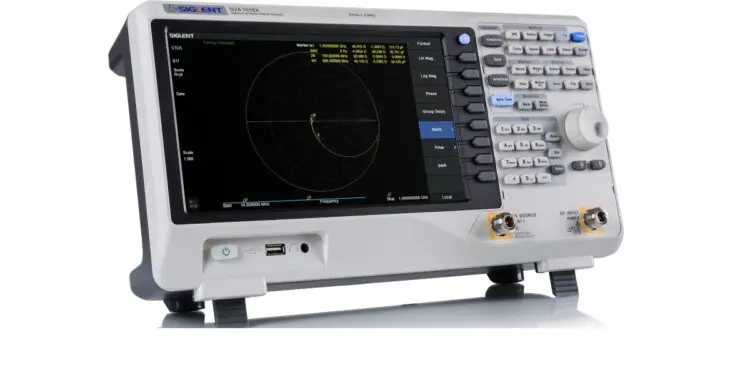Scientists from NPL have developed improvements to a technique for measuring dielectric permittivity and loss of materials at MHz frequencies. The method used is named after two NPL scientists who developed in the 1930, Hartshorn and Ward. The findings are presented in the team’s “Low loss dielectric measurements in the frequency range 1 – 70MHz by using a Vector Network Analyser” paper, recently published in Measurement Science and Technology. This method allows the permittivity and loss of a sheet of dielectric material placed between the plates of a capacitor to be determined by resonating it with a coil inductor. The value of the technique is that very low losses can be determined from measurement of small changes in Q-factor.
Historically, the Hartshorn and Ward method was used to characterise polyethylene used in undersea cable systems before the invention of fibreoptic cables. It was established that UK-made polyethylene had similar loss to imported material, with considerable benefit to the UK economy. There are still requirements for measurement of the loss of low-loss polymers used in the electronics industry. Another application is for measurement of the loss of windows that are used in high-power radiofrequency systems. These include ceramic windows used in the Joint European Torus (JET) fusion reactor to allow input of RF power to create plasmas by Ion Cyclotron Resonance Heating (ICRH). The measurements of loss are needed to demonstrate that the windows have sufficient resilience to avoid failure from overheating.
The newly-published work describes how a Hartshorn and Ward system manufactured by ERA Technology in the 1970s was adapted to use a Vector Network Analyser instead of an analogue Q-meter. It also describes how uncertainties were improved by using numerical modelling techniques to correct measurements for the effect of fringing fields around the edge of electrodes. A comprehensive measurement comparison that includes evaluations of uncertainty is included in the paper. Loss tangents smaller than 10-5 can be resolved.
Andrew Gregory, Senior Research Scientist, NPL states: “The measurement of very low dielectric loss presents unique challenges because dissipation occurring in specimens must be distinguished from other sources of dissipation in the experiment. A Hartshorn and Ward experiment was been brought into the digital age, making it more convenient to use and enabling measurement uncertainty to be reduced. I was fortunate to receive help from two guest workers, G J Hill and M A Barnett, with many years’ experience of low-loss measurement. This work has led to a comprehensive metrology paper, and an updated instrument that is now one of the facilities that we have as part of the National Measurement System.”


































